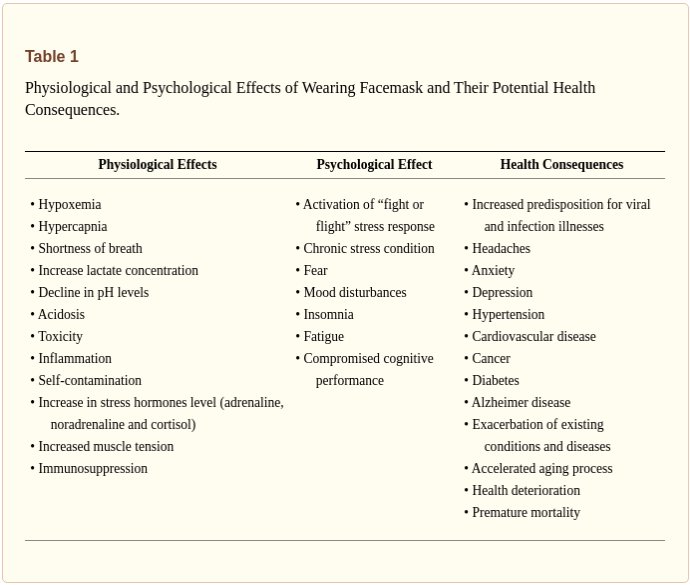Background
Surgical masks (SMs) are used to reduce bacterial shedding from the mouth, nose and face. This study aimed to investigate whether SMs may be a potential source of bacterial shedding leading to an increased risk of surgical site infection.
Methods
Bacterial contamination of the SMs was tested by making an impression of the external surface of the mask on sterile culture media immediately. We investigated the difference in bacterial counts between the SMs worn by surgeons and those placed unused in the operating room (OR), and the bacterial count variation with indicated wearing time. Moreover, the difference in bacterial counts on the external surface between the first and second layers of double-layered SMs was also assessed.
Results
The bacterial count on the surface of SMs increased with extended operating times; significant difference was found between the 4- to 6-hour and 0-hour groups (p < 0.05). When we analysed the bacterial counts from the same surgeon, a significant increase was noted in the 2-hours group. Moreover, the bacterial counts were significantly higher among the surgeons than the OR. Additionally, the bacterial count of the external surface of the second mask was significantly higher than that of the first one.
Conclusions
The source of bacterial contamination in SMs was the body surface of the surgeons rather than the OR environment. Moreover, we recommend that surgeons should change the mask after each operation, especially those beyond 2 hours. Double-layered SMs or those with excellent filtration function may also be a better alternative. The translational potential of this article This study provides strong evidence for the identification that SMs as source of bacterial contamination during operative procedures, which should be a cause for alarm and attention in the prevention of surgical site infection in clinical practice.
https://www.ncbi.nlm.nih.gov/pmc/articles/PMC6037910/
